One early morning in late March of 2017, I urge Hitch to wake up with a nudge, “Get up. It’s sailing day!” My excitement feels silly; it’s not every day that we get to sail in the Atlantic Ocean off the coast of Florida. Biscayne National Park covers nearly 173,000 acres and over 95% is underwater. Without scuba gear, sailing would be our best option for experiencing this watery wilderness. After I eyeing Biscayne for over two months, I finally discovered the Everglades Association & Biscayne National Park Institute’s sailing tours and jumped right on those tickets.
Convoy Point
After a quick breakfast, we hop into the truck and drive to the Dante Fascell Visitor Center at Convoy Point, and the departure point for our sailing tour. We get there early and spend a half hour roaming the museum and art gallery. I consider the museum above average since it offered a virtual journey through the park’s four ecosystems using dioramas, audio, and video. The gallery itself highlights the efforts of local artists who find inspiration in the park.
As our departure time approaches, we check in and head to the dock to meet our captain. For the life of me, I cannot remember her name, but I remember that despite being a young she was an excellent captain and adept at maneuvering a 40-foot sailing boat. During our voyage, we learn that she was also from the Pacific Northwest, and got her sailing chops by living on a boat in Gig Harbor since she was a kid.
Biscayne Lessons
After our short conversation, we go over our itinerary and our destination: Boca Chita Key. To reach this small island, visitors must sail across Biscayne Bay, and from Convoy Point, we’ve got roughly 26 miles. Not long after, we board the boat I notice four other passengers: two young ladies, a father, and his adult son. We set sail as soon as we’re all tucked on board, the captain slowly motoring us through a mangrove forest before reaching open water.
From our captain, we learn Biscayne National Park protects four distinct ecosystems: the shoreline mangrove swamps, the shallow waters of Biscayne Bay, the coral limestone keys, and the offshore Florida Reef. The shoreline swamps of the mainland and island edges act as nurseries for larval mollusks and crustaceans, as well as juvenile fish. In the bay waters, young and adult fish find refuge along seagrass beds, sponges, and soft corals, while manatees slowly feed upon fields of seagrass. The beaches provide nesting grounds for endangered sea turtles. Among the offshore reefs, more than 200 species of fish, marine birds, whales, and hard corals live in harmony, waiting for scubas and snorkelers to explore.
Boca Chita Key
As a group, we passengers make small talk, but mostly focus on the scenery and enjoying the warm Florida sun. When we reach open water our captain declares, “Time to hoist the sails! Who wants to help?” The young man quickly gets up and raises his hand, and soon he and the captain are quickly moving about the boat raising the three sails. We ask what kind of sailboat we’re on, but can’t catch her exact reply. We surmise that our vessel is a ketch.
In roughly two hours, we spot the lighthouse of Boca Chita Key. The 65-foot lighthouse, built by Mark Honeywell in the late 1930s, is purely ornamental and serves no real function except to attract tourists to the island. The observation deck provides a fantastic view of islands, bay, ocean, and downtown Miami skyline.
Just as we are taking photographs, our captain and the young male passenger begin lowering the sails. Our captain then motors into the harbor and slips between two boats along the bulkhead, receiving praises from other skippers on shore for skilled piloting.
Take the Paddle Board, Not the Kayak
For the next hour or two, our captain offers us a choice of snorkeling, paddle boarding, and kayaking. All of us decide to go snorkeling using the paddle boards to get there, despite the slightly choppy waters. There are only 4 paddles boards, so we volunteer to take the inflatable two-man kayak. Hitch asked if there was a technique for getting into the kayak from the water. Our guide shook his head and said if we had trouble we could swim it to a shallow area to get back in. We drop the sea kayak into the water and squeeze ourselves into it from the dock. I know nothing about kayaking, so I let Hitch drive us toward our destination. We paddle lazily out of the harbor and around the lighthouse. Our snorkeling destination is just on the other side and the north side of the island.
We pick a pylon, tie off our kayak, and dive in. Sadly, the wind and choppy water stirred up the bottom silt and visibility is pretty low. We catch glimpses of silverfish, sea sponges, and various soft corals. Soon its time for us to get back into our kayak. After 20 minutes of flopping around, flipping the kayak, and otherwise embarrassing ourselves, we took our captain’s advice to heart and lead it to shallow water and secured ourselves into the kayak. Today, my advice to anyone snorkeling: “For God’s sake, take the paddle board!”
Back to Convoy Point
Since our time was short we row to the beach on the north side of Boca Chita Key, instead of sailing around to the harbor, and walking the kayak back to our sailboat. As we stroll, I notice there are camping spots, picnic areas, and a trail that seems to circle the whole island. Boca Chita seemed like the ideal get away if you could land a spot.
Back at the boat, we layout out our things to dry and pull out our lunches. Our skilled captain makes our departure from the harbor seem easy, pulling up tack and gear quickly. Up go the sails just as we reach open water, and from here on its just enjoying the wind, sun and open water. By the time we reach Convoy Point, we’re all sun-drowsy and bid our young captain thanks and farewell for a wonderful sailing trip.
- For $25 you can harbor at Boca Chita and camp overnight.
- Should have taken a paddleboard!
- Hitch lazing on the bow.
- Trail enjoys the mangroves
- The Lighthouse was built in the 1930s to attract tourists not warn ships
- Our captain and other passengers
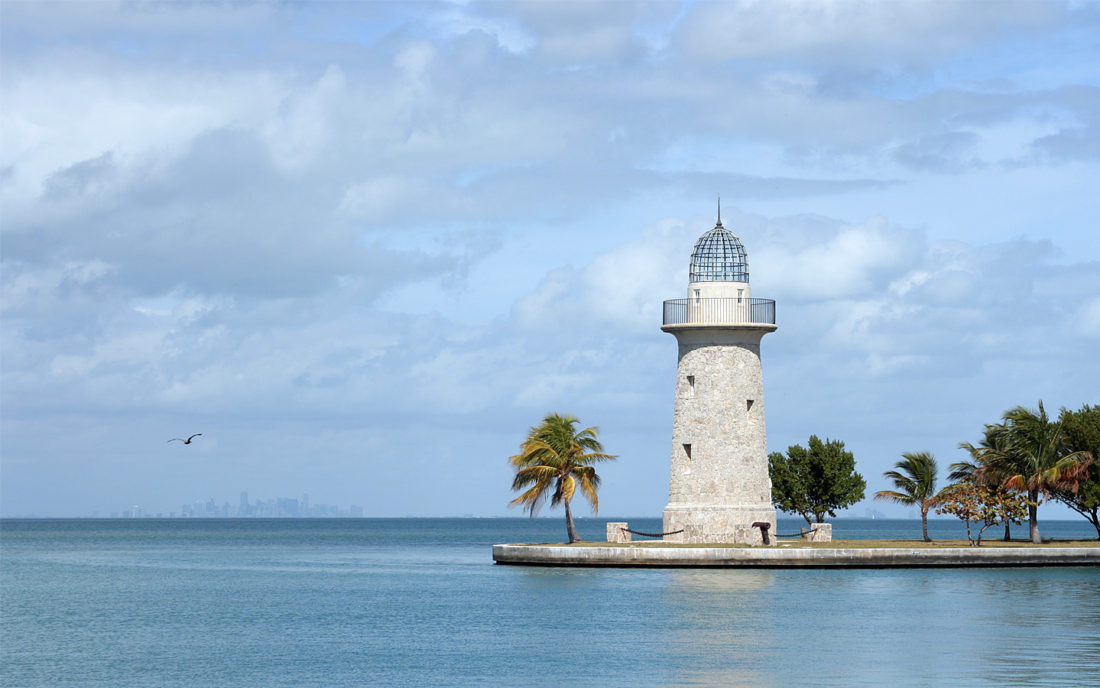
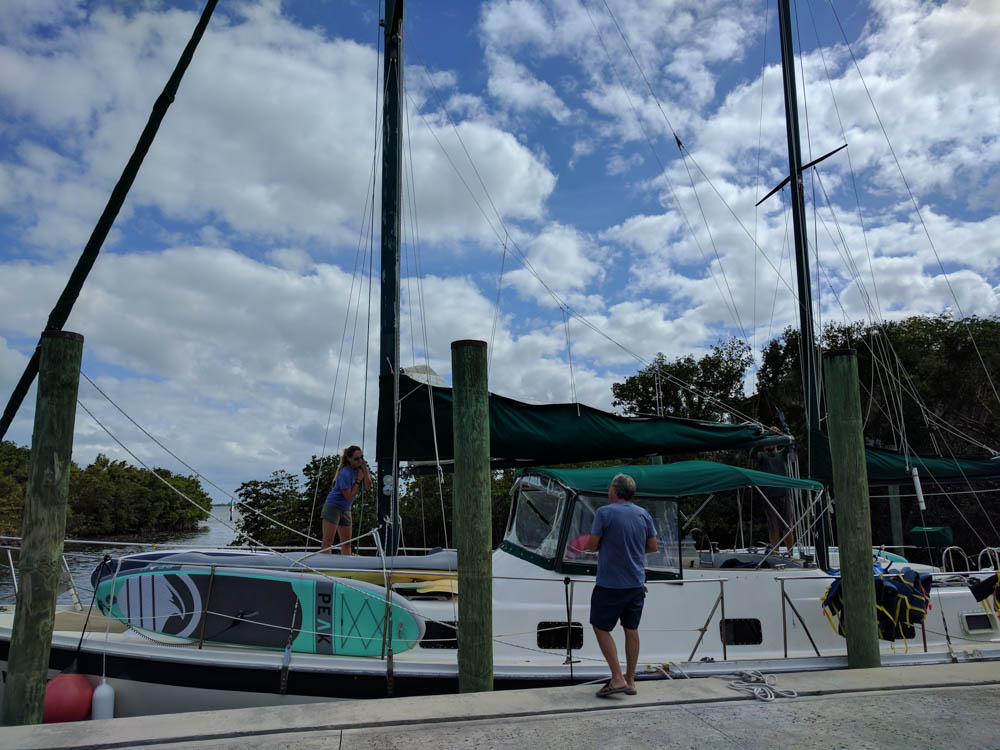
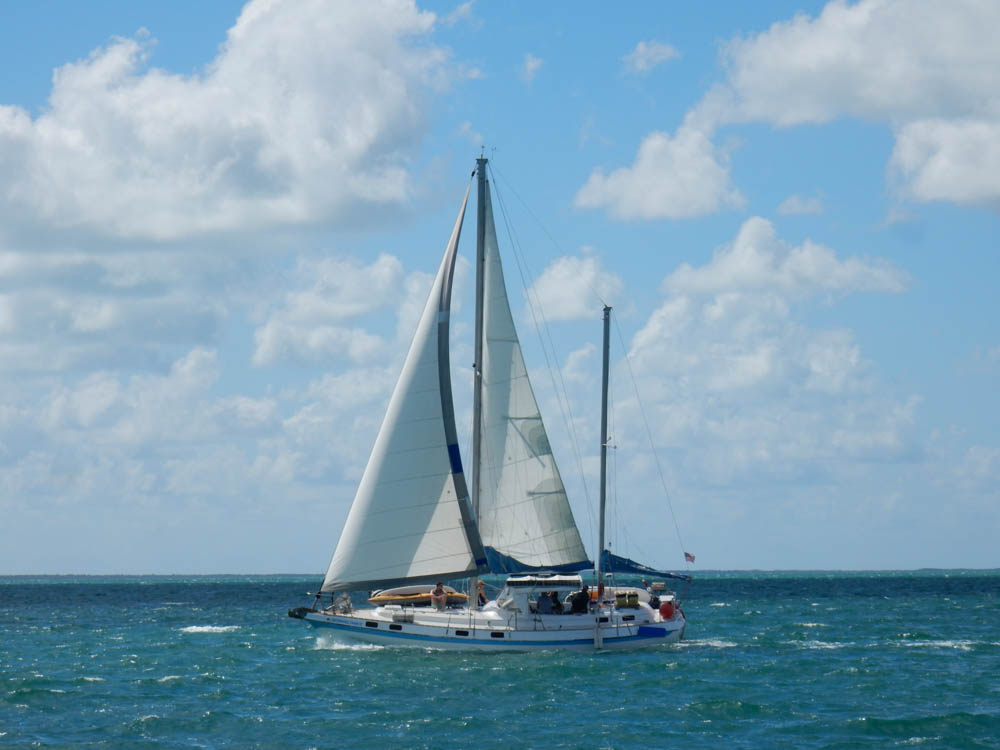

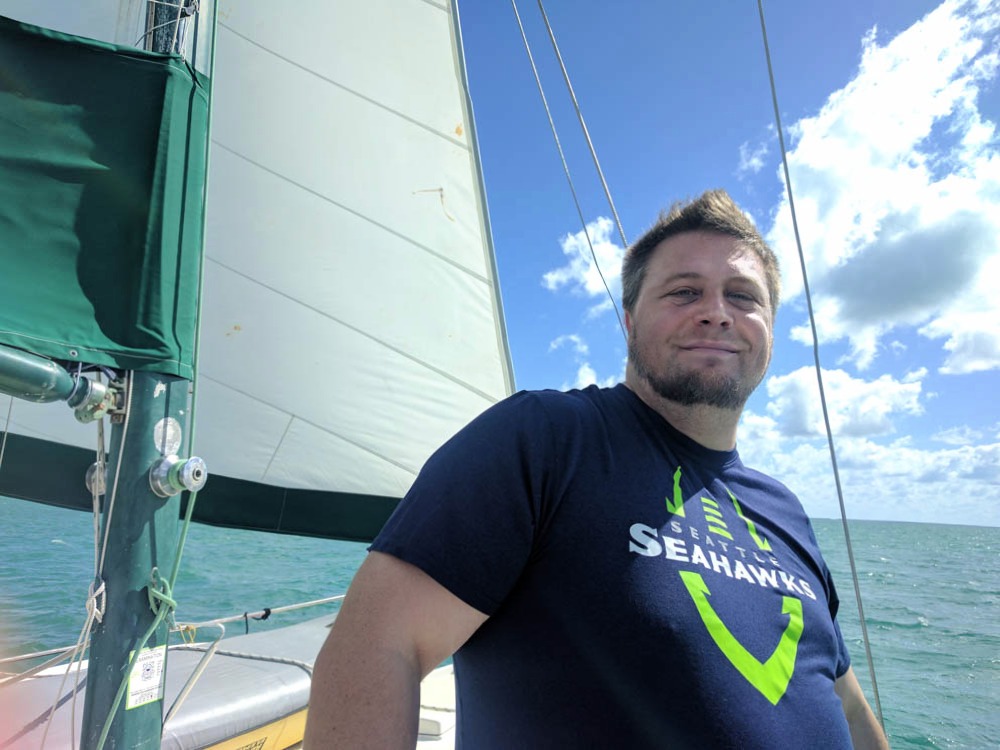
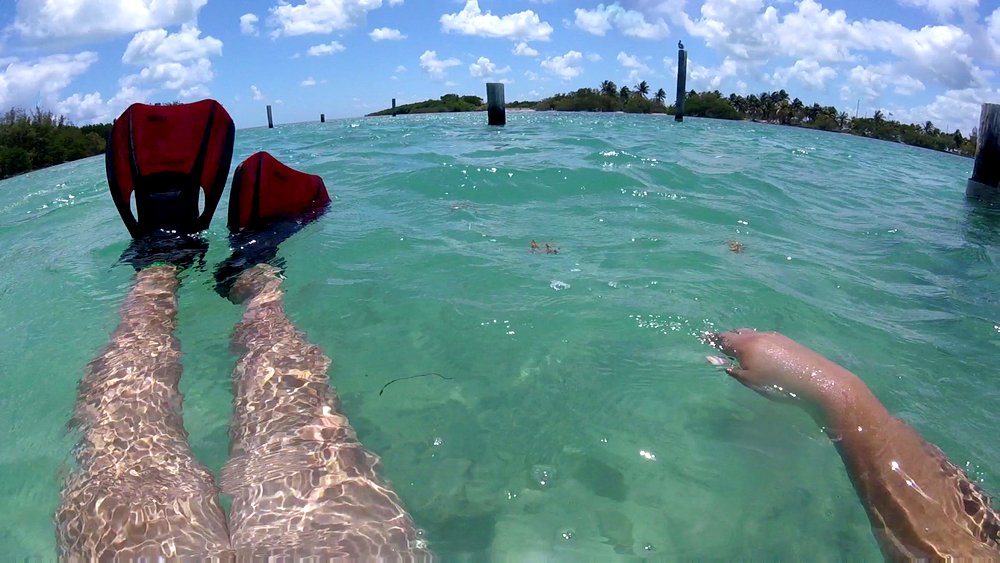
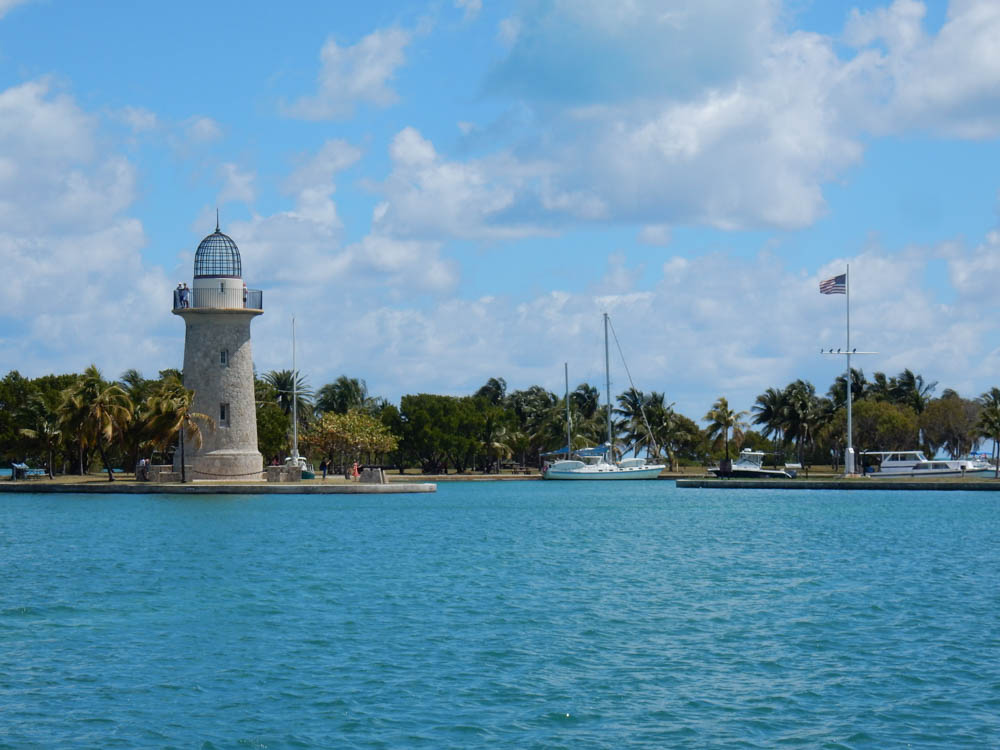
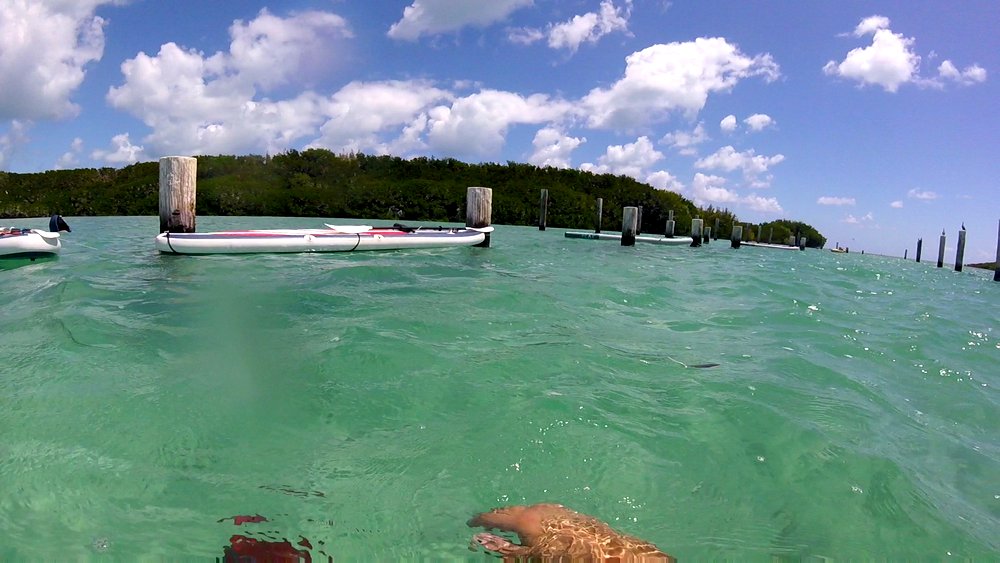
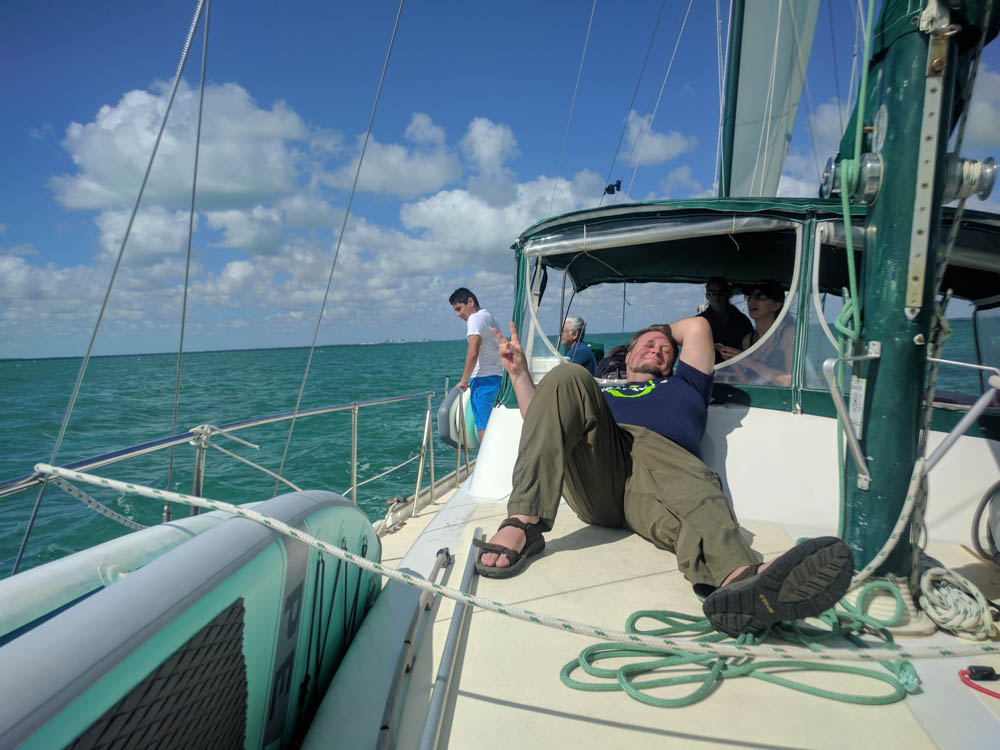
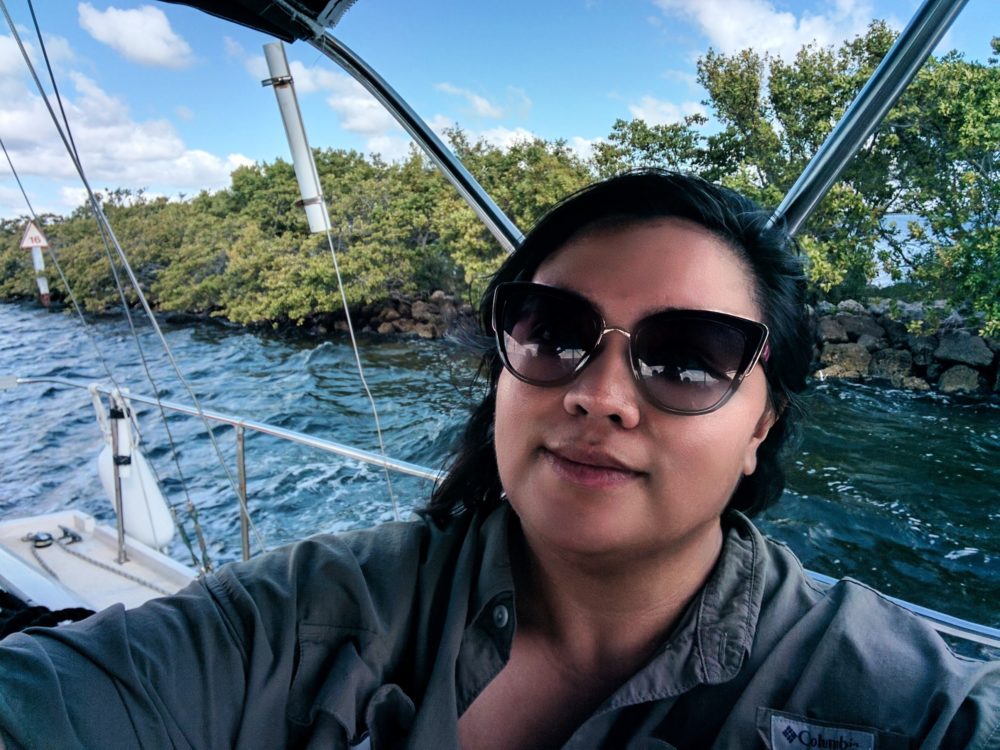
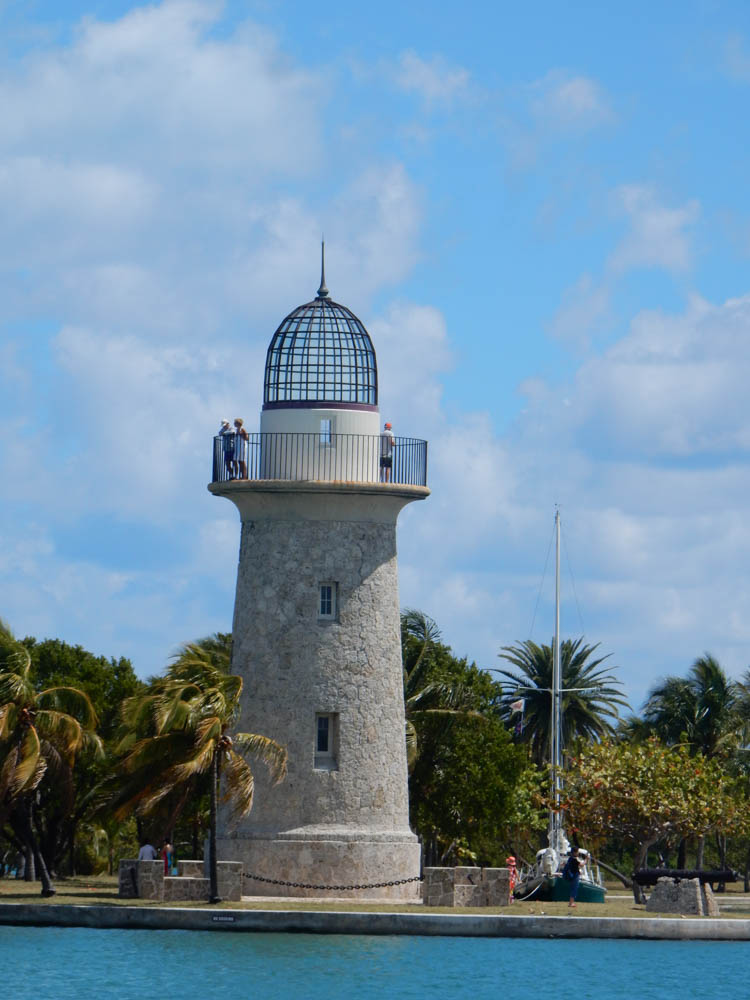
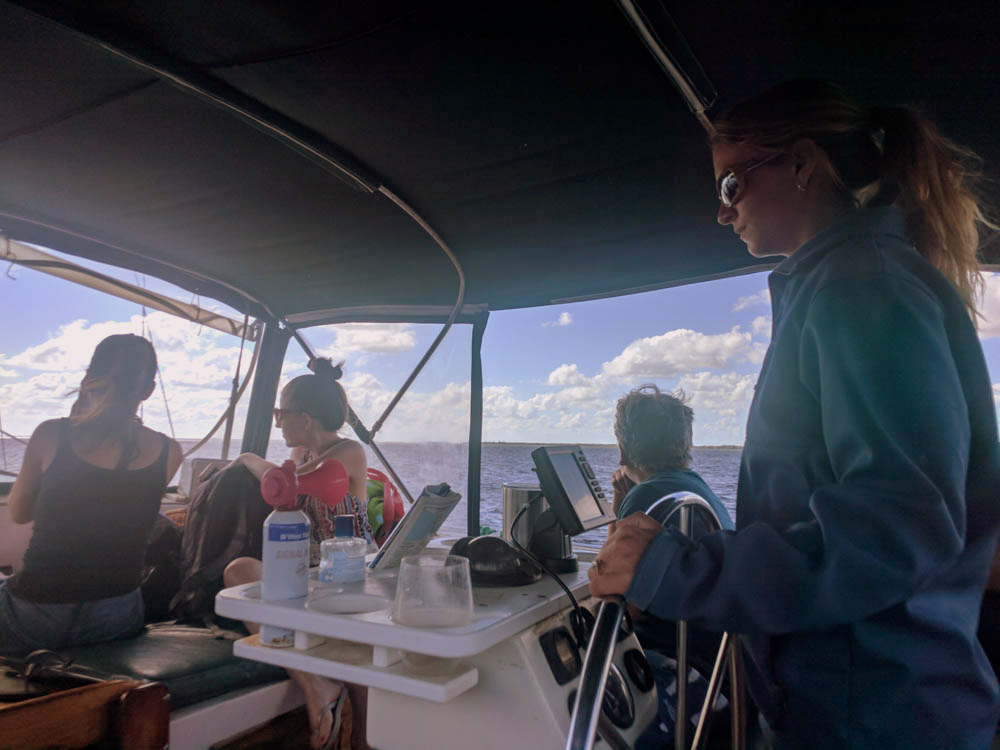
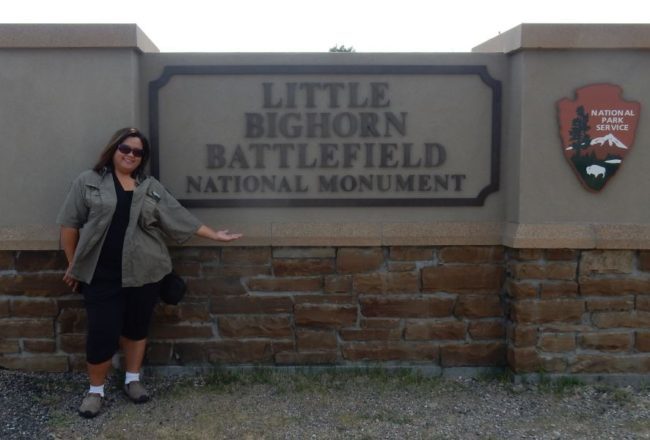
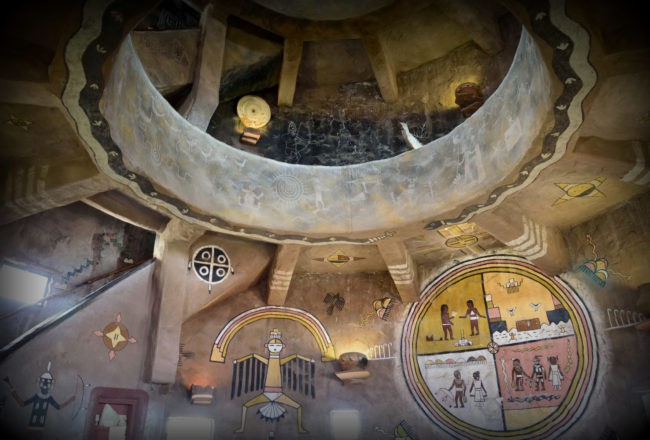
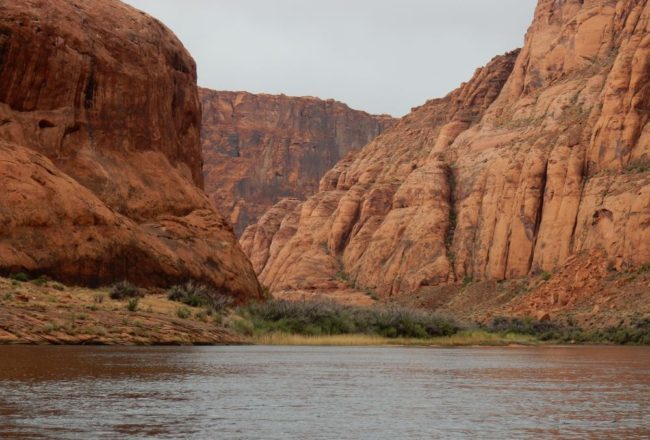


2 Comments
Regarding your article of August 6, 2017, the captain’s name was Maggie Wells ( now MAGGIE Meade) She is one of eight children who grew up in the Pacific Northwest. Four of them ended up in the keys captaining charter boats, diving, and teaching sailing.
Thanks Russ. I remember talking to Maggie a bit about being a charter captain before the trip. She was kind enough to give me an idea of how the chartering business works.